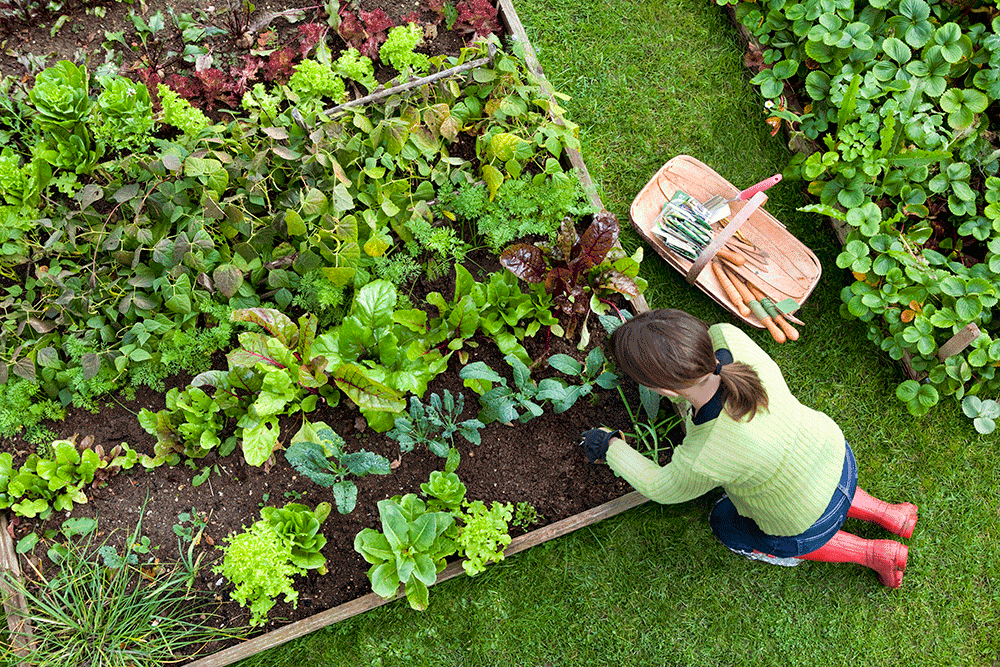Allepathy is how a plant interacts with the growth or germination of another plant near it. Sometimes, it hurts.
Black Walnut Trees, Hickory Trees, and Juglone – Oh My
A Black Walnut tree releases a chemical called Juglone that can inhibit the growth of certain plants. It mainly doesn’t get along with Solanaceae (potatoes, tomatoes, eggplants, peppers) family members. It can cause “wilt” to show up mid-summer. Hickories also release Juglone, although to a lesser degree than Black Walnuts.
However, some other plants do not get along well with certain plants—usually because they compete for the same nutrients in the soil or because they host insects or diseases that can affect other plants.
What to Avoid in Your Veggie Garden
So here are some plants to avoid in your vegetable garden or near certain vegetables in your garden:
Mint and Alliums
Mint and alliums (like onions, garlic, and chives) should not go near asparagus or legumes (beans or peas). Alliums can stunt their growth. However, they can go near cruciferous vegetables (cabbage family) like broccoli, cauliflower, cabbage, and kale because they help repel insects that eat cabbage family members.
Tomatoes and Potatoes
Tomatoes and potatoes both suffer from the same insects. Plant them together, and you’ll get a lot more bugs. Because they’re related, they can also pass diseases to each other.
Strawberries and Cruciferous Vegetables
Strawberries and cruciferous veggies compete for the same nutrients in the soil, and because cabbage family members grow roots faster, they get most of them.
Corn and Tomatoes
Corn and tomatoes not only compete for the same nutrients, but the corn can also shade the sun-loving tomatoes.
Cucumbers and Brassicas
Cucumbers and brassicas (cabbage family members) compete for the same nutrients in the soil.
Fennel
Fennel can have a “stunting” effect on various vegetables as it contains Juglone. So it’s best to grow it in a pot by itself.
What About Companion Plants? Stay Tuned!
Next week, I’ll talk about Companion Plants, which can benefit other plants.

